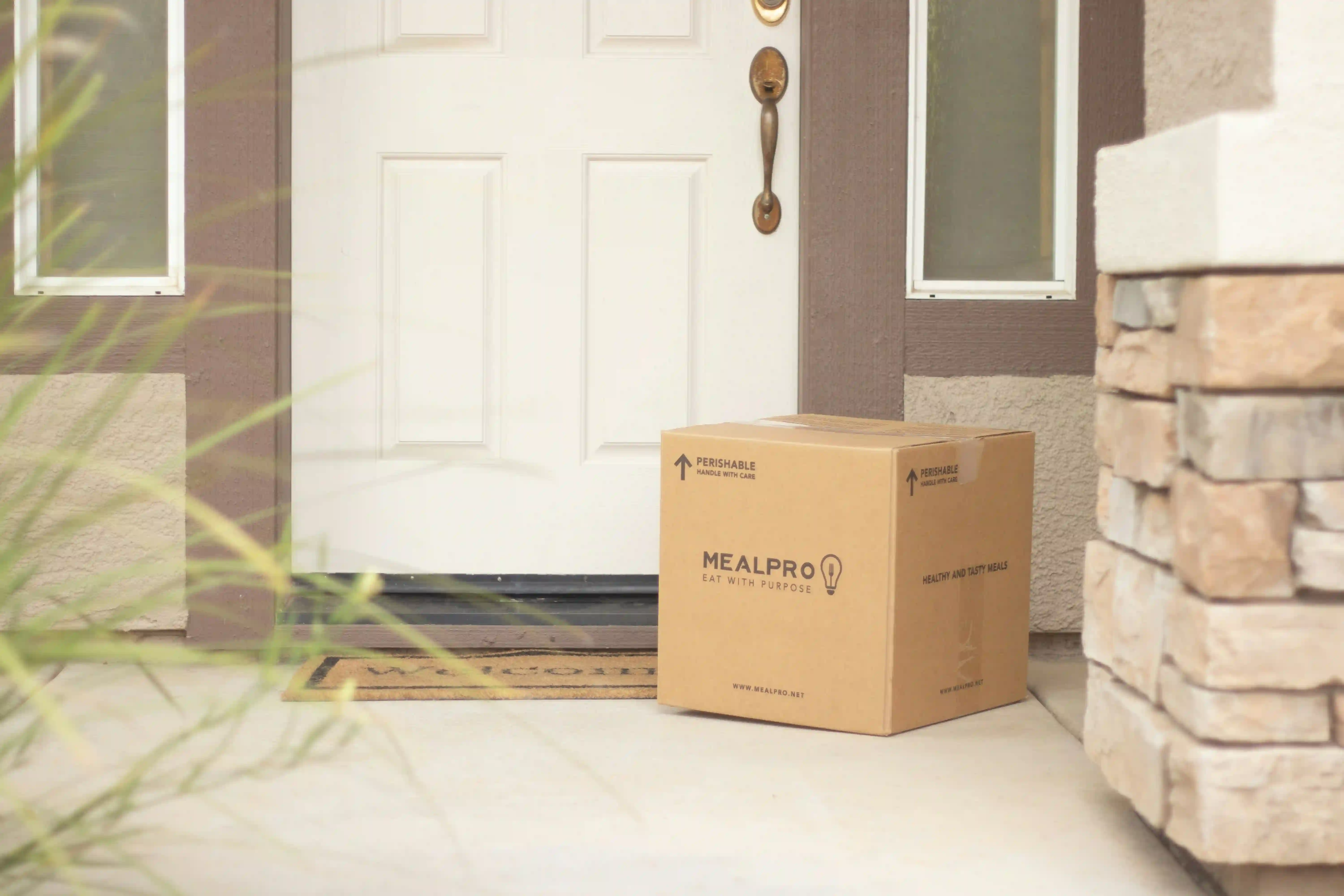
Unlocking the secrets of successful Direct-to-Consumer businesses
Blog
Thank you! Your submission has been received!
Oops! Something went wrong while submitting the form.
Playbooks
Newsletters


Hi, I’m Julie from the D2C Academy. Twice a month, I share:
- 3 brand examples to boost your online sales
- 2 actionable tips for quicker results
- 1 special surprise
Join over 10K e-commerce experts already enjoying it.

.webp)





